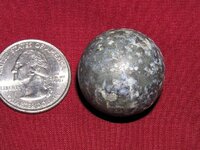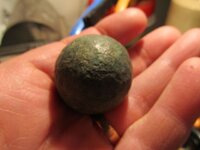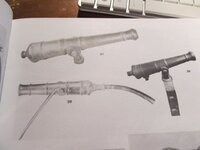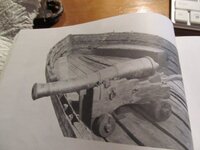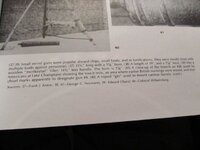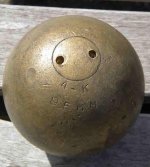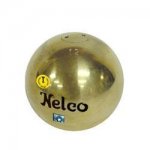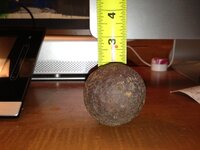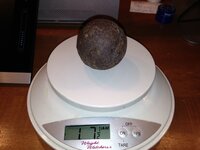GoldenEagle
Jr. Member
Found on a WI farm during an excavation project, neighbors found a brick size piece of pure copper and green colored arrowheads.
where = Medford WI
weight= 4 ounces
metal type= steel
age= unknown
Who can solve this one?
where = Medford WI
weight= 4 ounces
metal type= steel
age= unknown
Who can solve this one?


